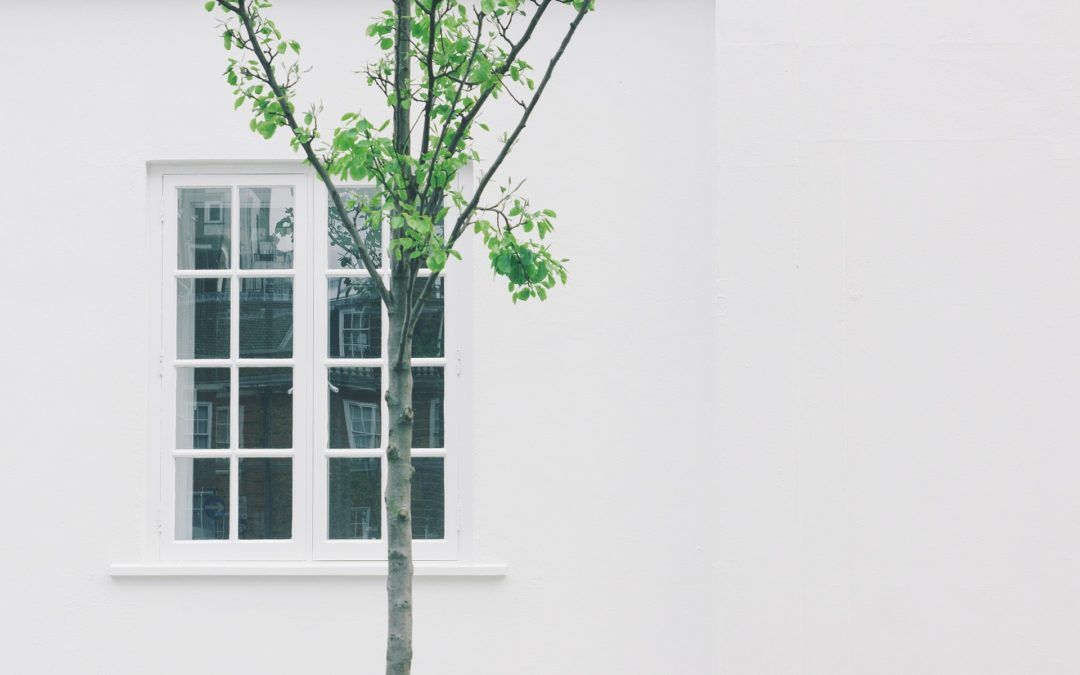Walking along a street, I passed a flint wall with a tree behind it. Then I did a double-take, and came back and took out my camera.
Close behind the wall was a tree; the tree had been growing quietly, as trees do, and had recently got to the point where its pressure was pushing part of the wall out of the vertical. Already some parts of the flintwork had dropped away.
The ability of trees and shrubs to damage buildings and structures is often overlooked. While you busy yourself, they are also busy, getting stronger and taller. They do not tire or become bored; they just carry on. Thus, this tree, planted far too close to the wall, or allowed to grow uncontrolled from a seedling, is now causing damage which will cost money to repair. Early action would have avoided this completely.
Hedges are often planted too close to boundaries, the planter forgetting that hedges can get very thick and overflow onto the next property. The same is true of trees, but more so: today’s little tender sapling can be a giant in thirty years, shedding leaf debris, twigs, and potentially whole branches onto unwilling neighbours, possibly with legal problems as a result.
Even shrubs can be damaging: I have seen a particularly vigorous fuchsia lift a concrete path by root action. And I haven’t mentioned what they can do to foundations in shrinkable clay.
Another property of unregarded saplings is that they can attract Tree Preservation Orders in due course; usually just at the point where they are becoming a nuisance.
Trees are lovely and bring joy to the eye, but be careful where you plant them.

Recent Comments